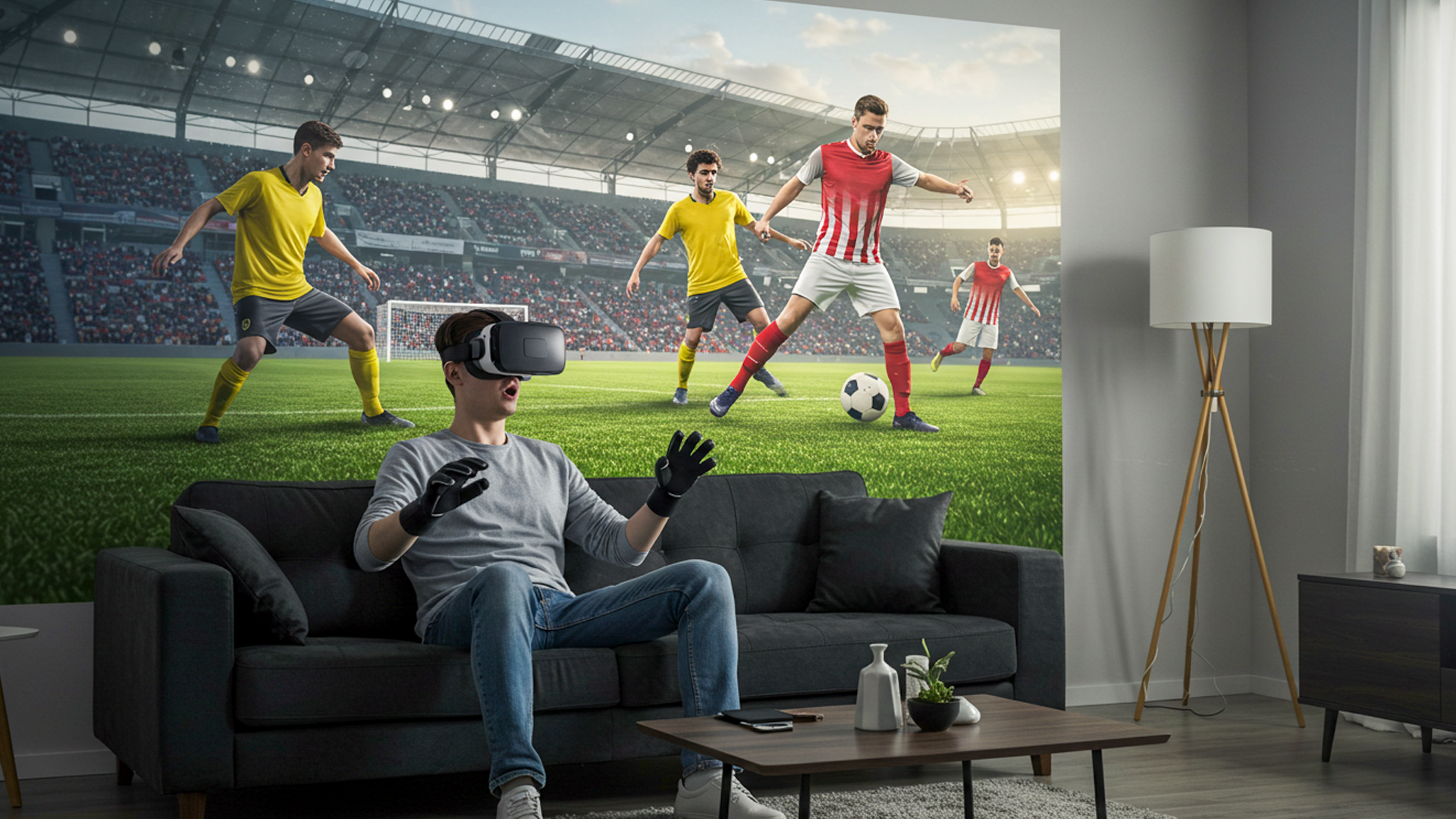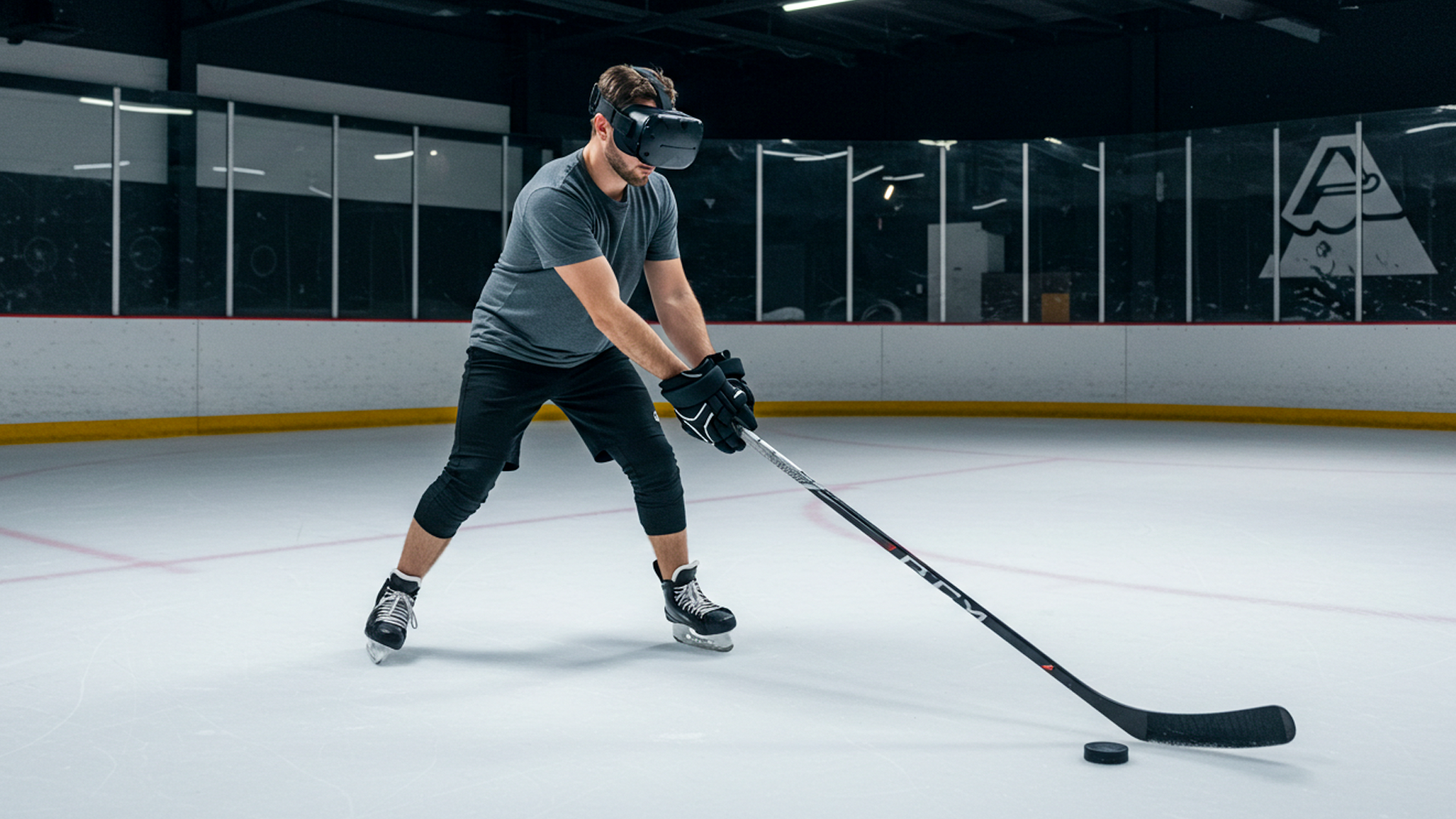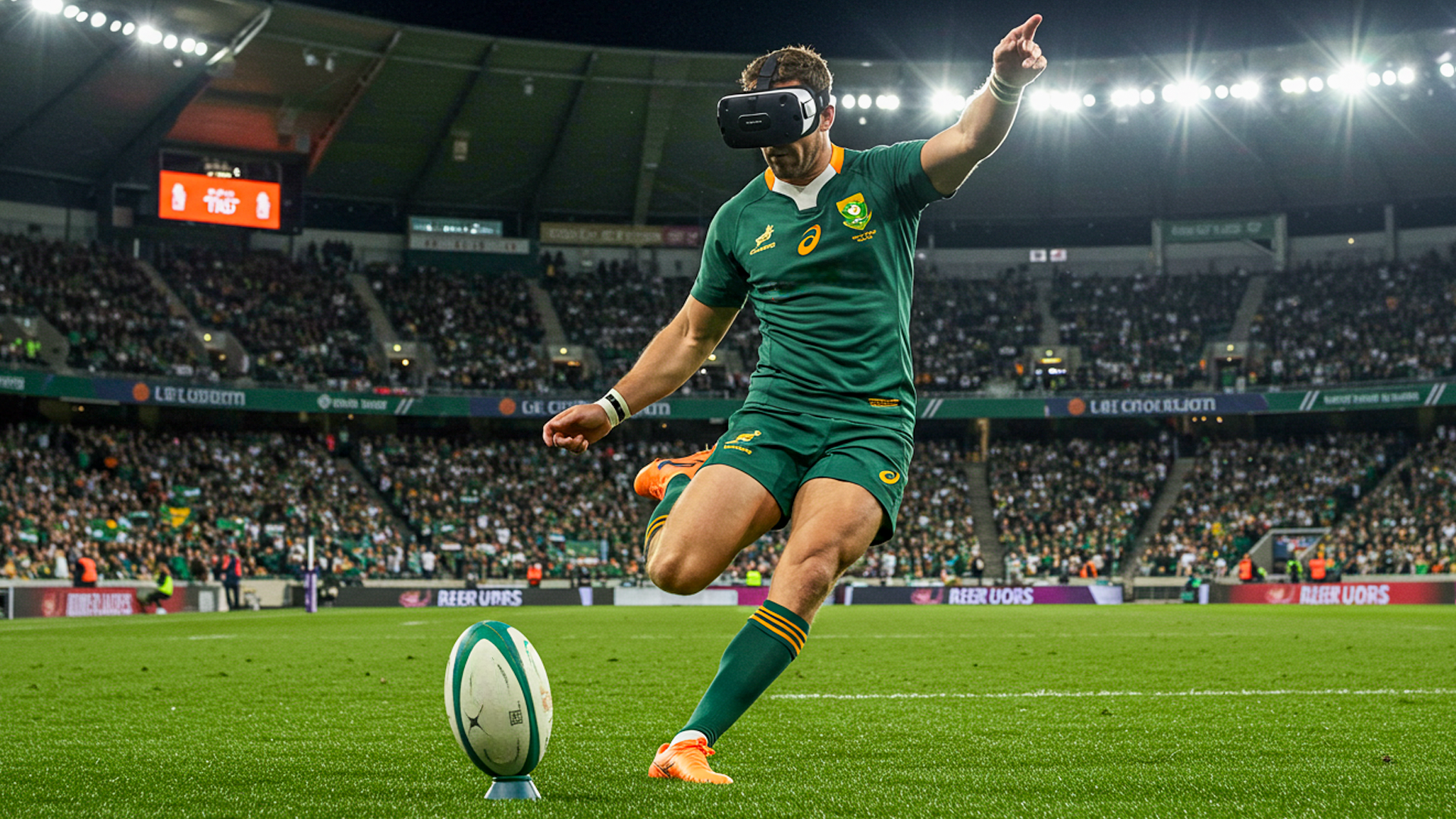A Glimpse into Virtual Arenas and the Future of Athletic Performance
Imagine slipping on a headset and finding yourself courtside at a packed NBA arena, hearing the sneakers screech across polished hardwood, or standing inches away from a UFC octagon as fighters circle each other under blinding lights. This is not a daydream—it’s the frontier where sports leagues and virtual reality converge. Across basketball, soccer, cricket, rugby, and beyond, immersive technologies are being tested to amplify fan experiences, sharpen athletic training, and create new commercial ecosystems. In Africa, particularly South Africa, these experiments hold untapped potential to democratize access to sports and build digital pathways for talent development. What follows is a layered exploration into how VR is shaping the sporting world.
Watching Games Live in Virtual Reality
The Courtside Illusion
For decades, courtside seats were a luxury afforded to celebrities and moguls. VR alters this hierarchy by giving everyday fans access to the same vantage point through a headset. NBA games streamed in VR, for instance, simulate the sensation of being perched beside the scorer’s table—close enough to see beads of sweat or hear the thump of the ball. The technology creates a metaphorical “wormhole” that collapses distance, erasing the separation between Johannesburg and Madison Square Garden. For fans in regions with limited sports tourism, VR is less a novelty than a form of cultural teleportation.
Yet, the illusion isn’t flawless. Latency, camera placement, and headset resolution dictate whether a viewer feels immersed or disoriented. Engineers liken the challenge to composing a symphony: one off-key instrument—a blurry feed or a delayed cheer—breaks the spell. Leagues are investing in volumetric capture and multi-angle rigs to refine fidelity. Imagine a future where fans toggle viewpoints as if selecting video game camera modes, switching seamlessly from behind the basket to overhead drone views.
Inside the Octagon
UFC’s experiments with VR broadcasts amplify intensity in ways traditional screens cannot. The octagon, already claustrophobic, feels smaller when rendered through a headset, making each jab and takedown appear closer to the viewer. For some, this proximity blurs the line between spectating and sparring. The visceral quality of combat—blood drops, corner advice, the hum of the crowd—creates an intimacy that flat broadcast cameras struggle to deliver. The VR medium thus becomes not only a tool for fans but also a storytelling device for promoters.
Critics argue that rawness can verge on discomfort, especially in high-impact sports where injuries are common. This tension forces broadcasters to consider editorial control—should a VR spectator experience every grimace in close-up detail? The analogy often used is cinematic horror: suspense excites, but too much realism risks alienating the audience. Balancing authenticity with comfort will be pivotal if combat sports in VR are to expand mainstream adoption.
Soccer from the Sidelines
Soccer, the world’s most global game, presents unique VR opportunities. Picture standing along the touchline as Lionel Messi bends a free kick or hearing the chants ripple through Wembley Stadium. European leagues have piloted VR viewing experiences, though challenges remain. A soccer pitch is far larger than a basketball court, making it difficult for one camera rig to capture every detail. Unlike the UFC’s enclosed octagon, the sheer expanse requires dynamic stitching of multiple feeds to approximate realism.
But this scale can be turned into a feature rather than a bug. Imagine a VR broadcast where users “walk” the sideline, repositioning themselves as if they were assistant coaches pacing the technical area. Fans could analyze off-ball movement in ways TV cameras rarely highlight. In this sense, VR transforms soccer consumption into both entertainment and tactical education—a hybrid experience for casual fans and amateur players alike.

VR Sports Training Tools for Athletes
Cognitive Rehearsal and Mental Gymnastics
Elite athletes are not just physical specimens; they are cognitive tacticians. VR training modules harness this truth by simulating game-time scenarios for mental rehearsal. Quarterbacks in American football, for instance, practice reading defensive alignments in virtual environments, cycling through dozens of plays in minutes without physical strain. This mirrors how pilots use flight simulators: repetition breeds instinct. By compressing experience into digital form, VR accelerates the muscle-memory development that usually takes years of live play.
The analogy of a chessboard is apt: just as grandmasters mentally map dozens of moves ahead, VR-trained athletes rehearse decision trees at lightning speed. Instead of waiting for the randomness of live matches, players encounter curated scenarios—penalty kicks, press breaks, sudden turnovers—that sharpen reaction times. In sports where milliseconds separate triumph from defeat, VR functions as a time machine, gifting athletes with practice hours untethered from physical fatigue.
Biomechanics and Injury Prevention
Beyond cognition, VR collaborates with motion capture and wearable sensors to analyze biomechanics. A bowler in cricket can have their run-up and delivery digitized, revealing inefficiencies invisible to the naked eye. By overlaying skeletal models, coaches detect micro-rotations that may predispose players to injury. It’s akin to using an MRI not for diagnosis after the fact but as a predictive radar before breakdown occurs. Prevention becomes proactive rather than reactive.
These systems also democratize high-level coaching. In developing sports ecosystems, where access to world-class trainers is scarce, VR modules with biomechanical overlays can bridge the gap. Imagine a rural fast bowler in KwaZulu-Natal uploading their delivery for analysis against international benchmarks. Suddenly, expertise once locked in elite academies becomes accessible through a headset and internet connection, broadening the talent funnel for national teams.
Team Synergy and Tactical Playbooks
Team sports rely on cohesion as much as individual brilliance. VR enables entire squads to rehearse tactical systems virtually, even when geography or scheduling hinders physical gatherings. Rugby teams, for example, can simulate line-out strategies in a shared VR environment, with players “seeing” their positional responsibilities as if standing on the pitch. This minimizes wasted hours in logistics and maximizes cognitive rehearsal of formations.
Think of VR as a digital chalkboard brought to life. Instead of static diagrams, players inhabit the roles, watching plays unfold from multiple perspectives. Such immersive preparation reduces communication breakdowns under real match pressure. When muscle fatigue clouds decision-making in the 70th minute of a Test match, ingrained virtual rehearsals act as invisible autopilot, guiding athletes through instinctual responses crafted in VR laboratories.

Potential in African and South African Sports
Rugby as a Testing Ground
South Africa’s rugby culture provides fertile ground for VR experimentation. The Springboks’ blend of physical dominance and tactical sophistication makes them ideal candidates for VR training adoption. Simulating scrums, line-outs, and defensive structures in VR could reduce the physical toll of practice while refining collective understanding. In a sport where contact intensity accelerates wear-and-tear, such digital rehearsals extend careers and preserve player health.
On the fan side, VR broadcasts could turn a domestic Currie Cup clash into a global spectacle. A supporter in Lagos or Nairobi could experience the Loftus Versfeld Stadium atmosphere as vividly as a Pretoria local. By exporting its rugby culture digitally, South Africa could extend its sporting soft power, positioning itself as both innovator and ambassador in the global rugby ecosystem.
Cricket’s Analytical Revolution
Cricket, with its pauses and strategic intricacies, aligns naturally with VR’s analytical strengths. Bowlers could rehearse deliveries against digital avatars of opposing batters, adjusting trajectories based on predictive data. Batters could practice reading spin variations under simulated stadium conditions. In essence, VR becomes a rehearsal studio where probabilities are tested without consequence. This mirrors financial stress-testing models, where systems are pushed to extremes in virtual environments before encountering reality.
For fans, VR could inject dynamism into what critics label a “slow game.” Imagine sitting at square leg during a Test match, choosing to zoom into bowler’s grips or rewatching dismissals from wicketkeeper POV. Such interactivity redefines spectating from passive observation to active exploration, making cricket more engaging to younger, digital-native audiences across Africa.
Soccer’s Continental Reach
Soccer’s dominance across Africa makes it the prime candidate for VR expansion. Local leagues often struggle with limited stadium capacities and broadcasting infrastructure. VR streaming could bypass these barriers, allowing fans in remote areas to experience PSL (Premier Soccer League) matches with cinematic immersion. For clubs, this is more than entertainment—it’s a revenue engine, unlocking global digital ticket sales untethered from physical constraints.
On the development side, VR academies could help grassroots players visualize tactical systems of European giants, learning spacing, pressing, and movement through immersive drills. This is akin to giving young musicians not just sheet music but full symphonies to rehearse with. By collapsing the distance between African pitches and European playbooks, VR accelerates knowledge transfer, nurturing homegrown talent capable of competing on global stages.


